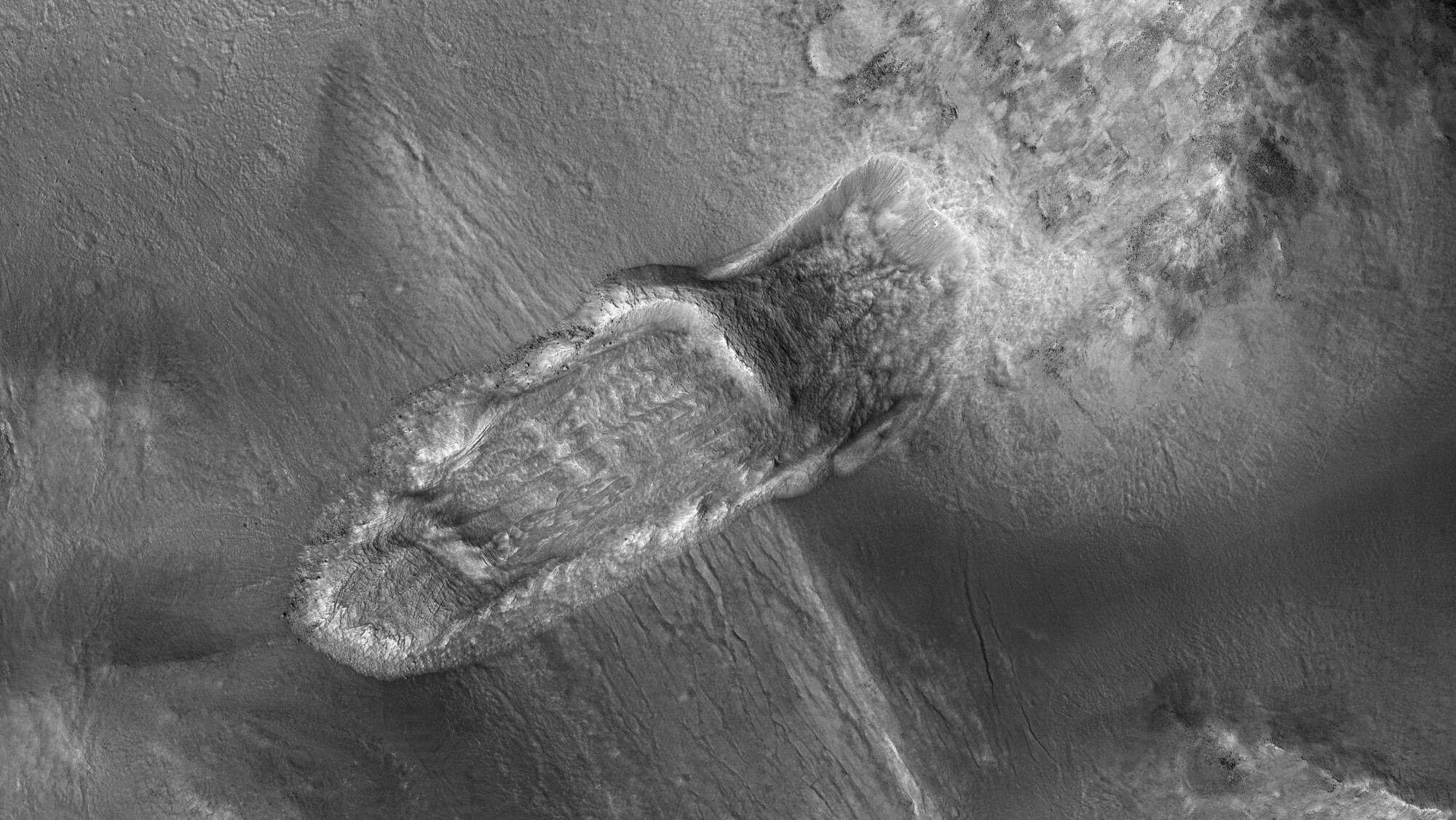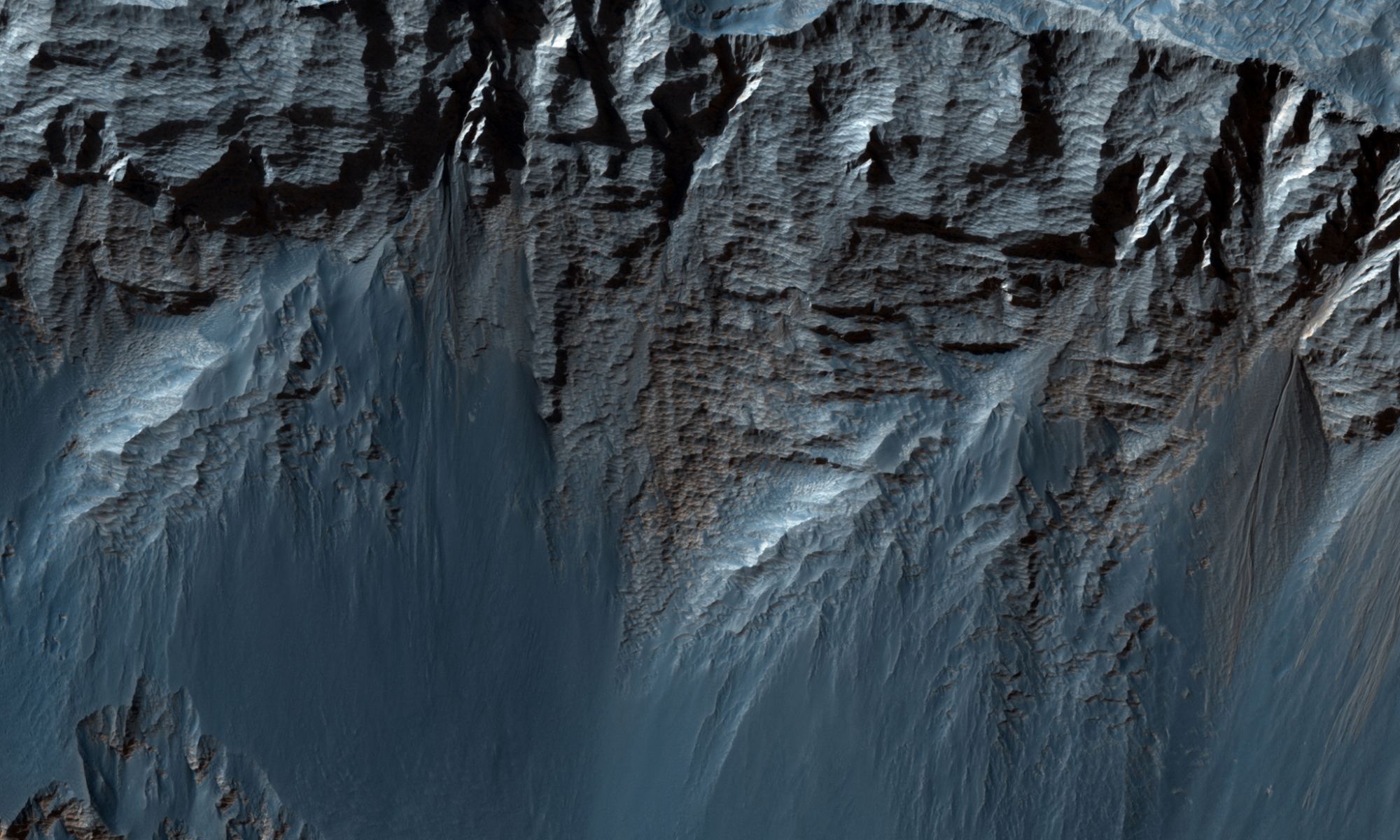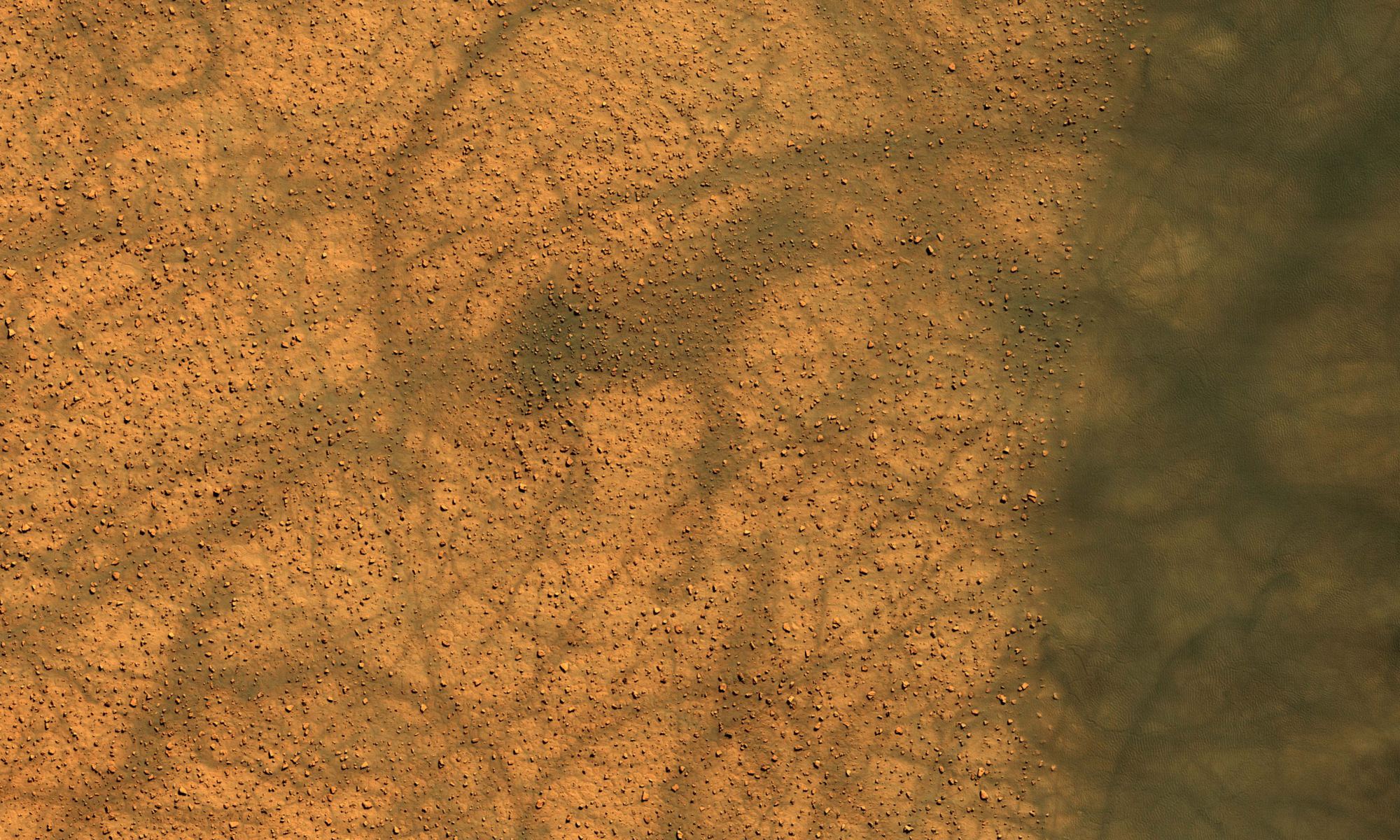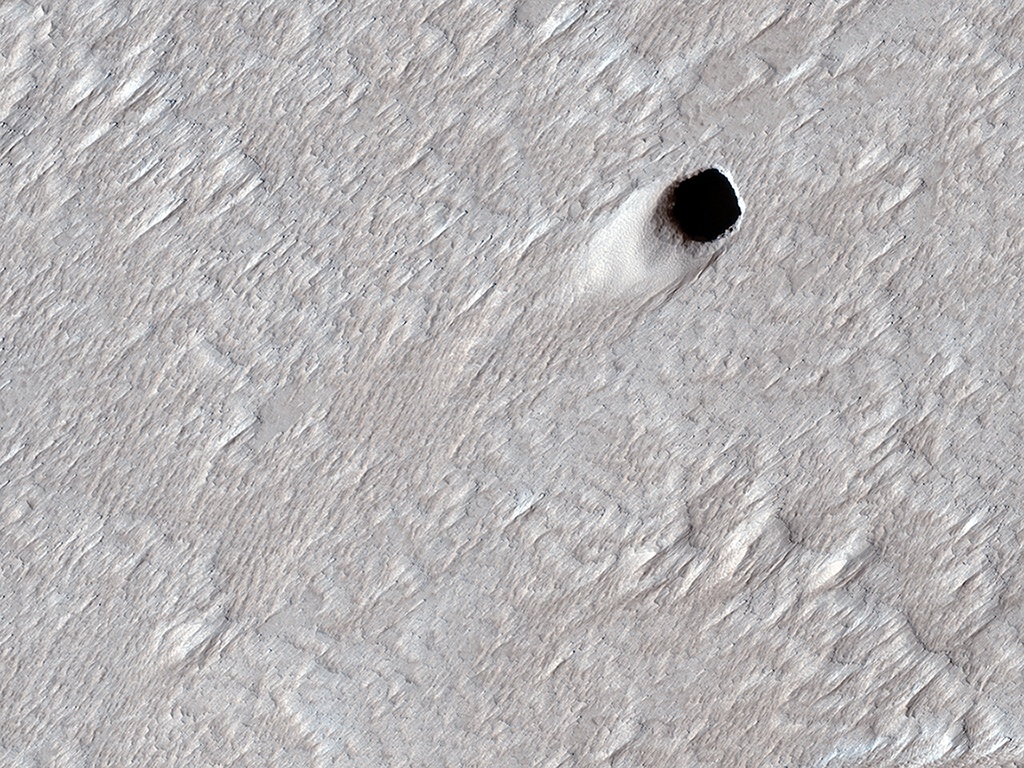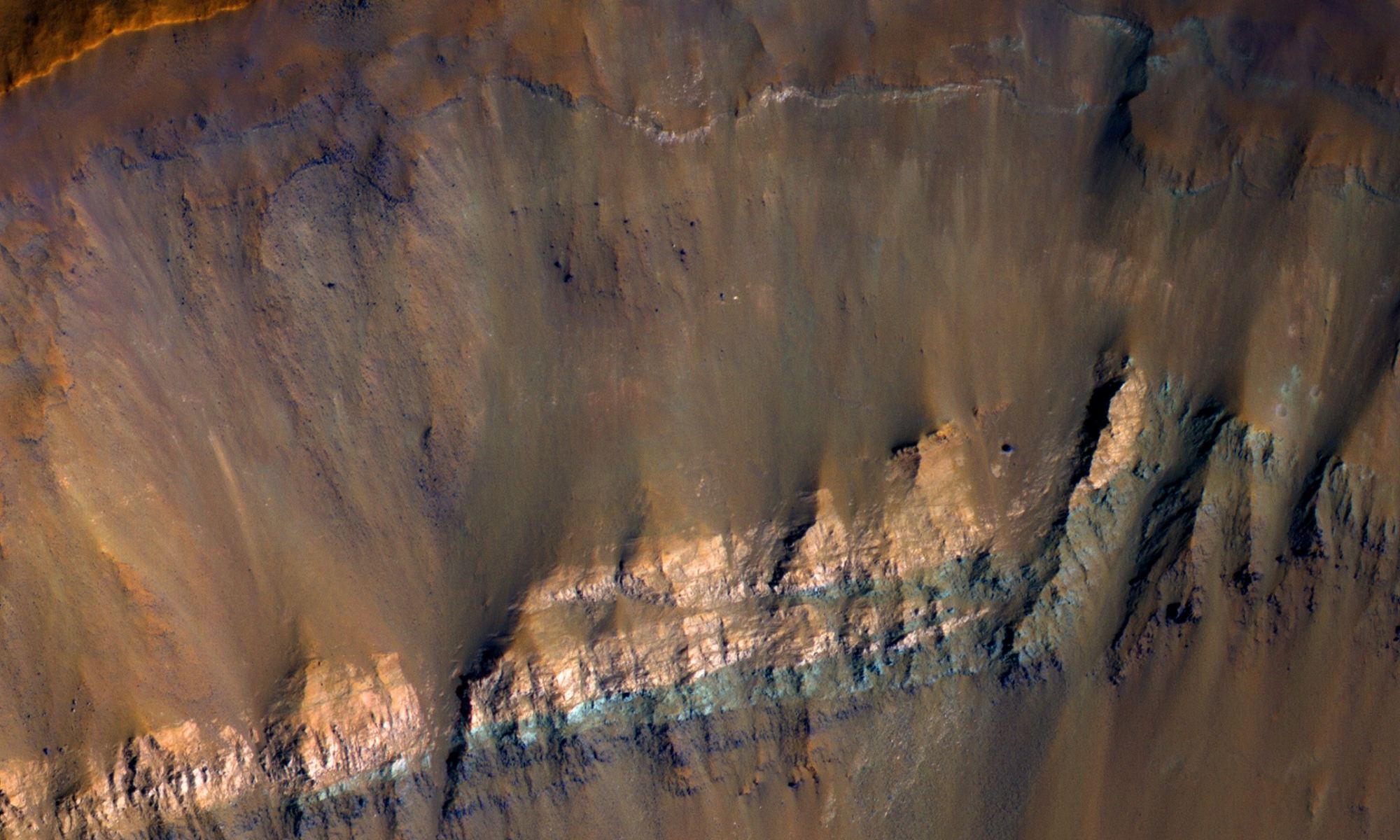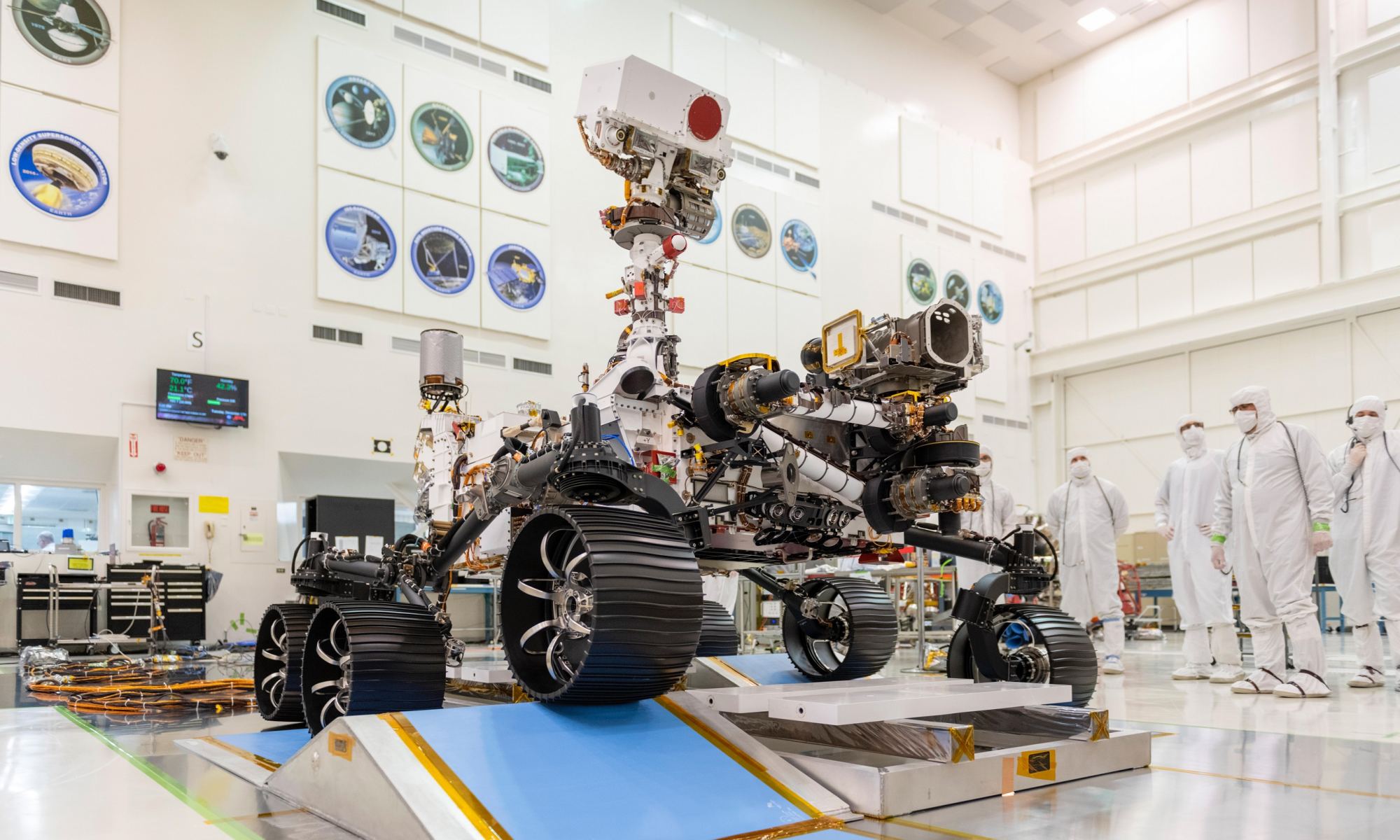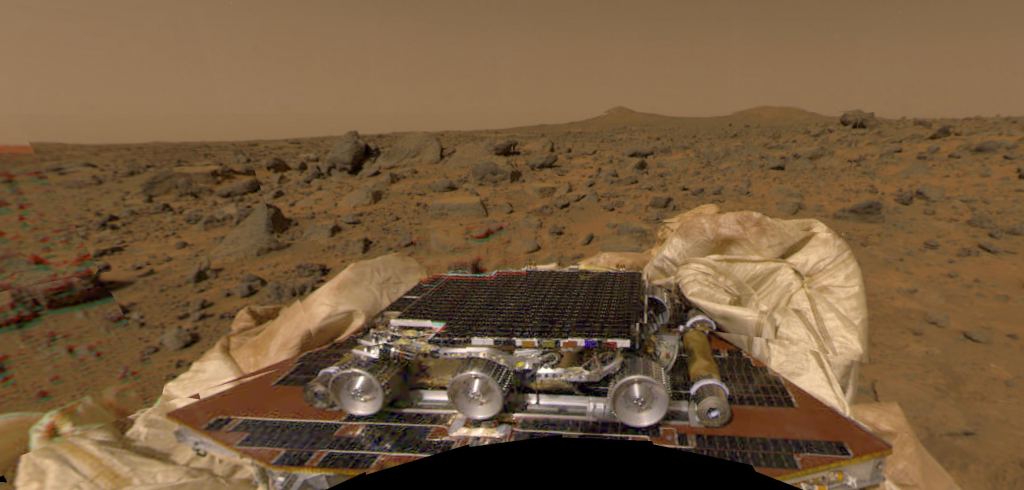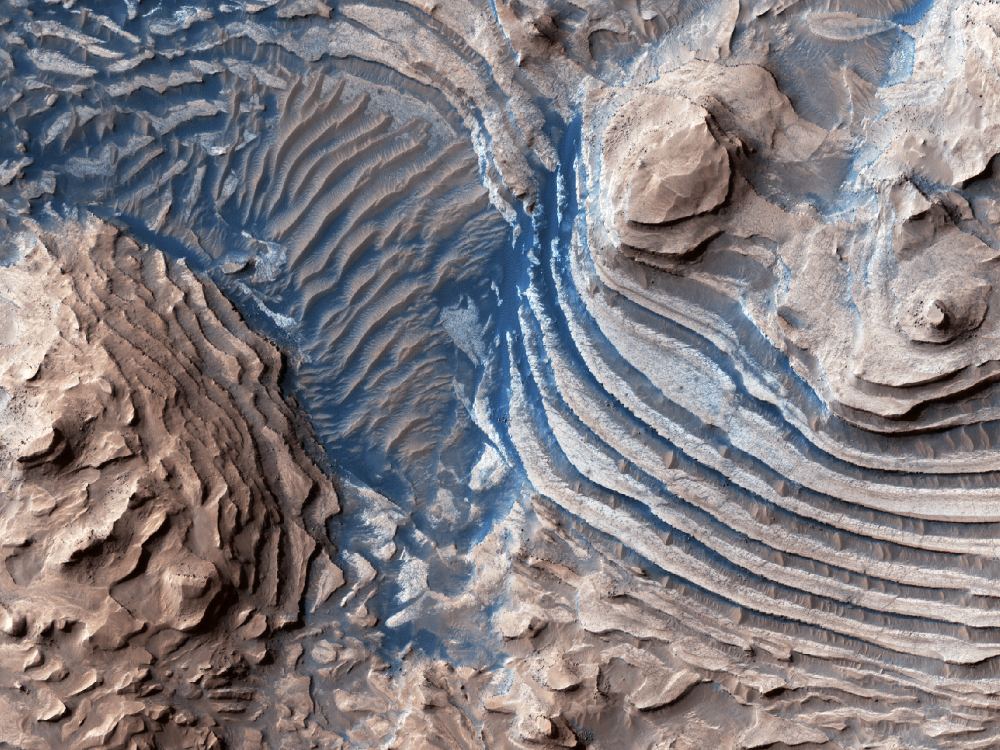Since the 1960s and 70s, scientists have come to view Mars as something of a “dead planet.” As the first close-up images from orbit and the surface came in, previous speculation about canals, water, and a Martian civilization were dispelled. Subsequent studies also revealed that the geological activity that created features like the Tharsis Mons region (especially Olympus Mons) and Valles Marineris had ceased long ago.
However, in the past few decades, robotic missions have found ample evidence that Mars is still an active place. A recent indication was an image taken by the Mars Reconnaissance Orbiter (MRO), which showed relatively fresh landslides in a crater near Nili Fossae. This area is part of the Syrtis Major region and is located just north of the Jezero Crater (where the Perseverance rover will be landing in six weeks!)
Continue reading “Mars is Still an Active World. Here’s a Landslide in Nili Fossae”
